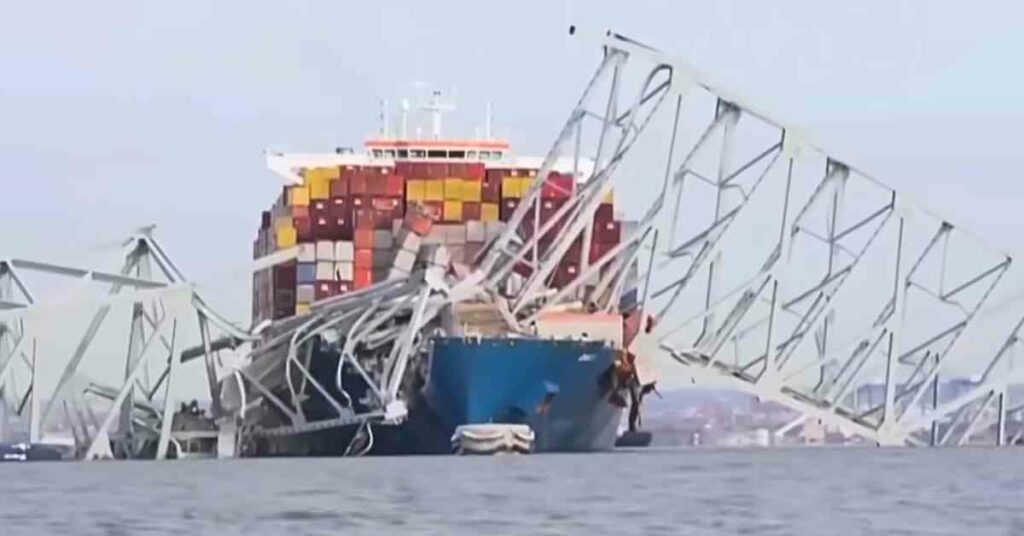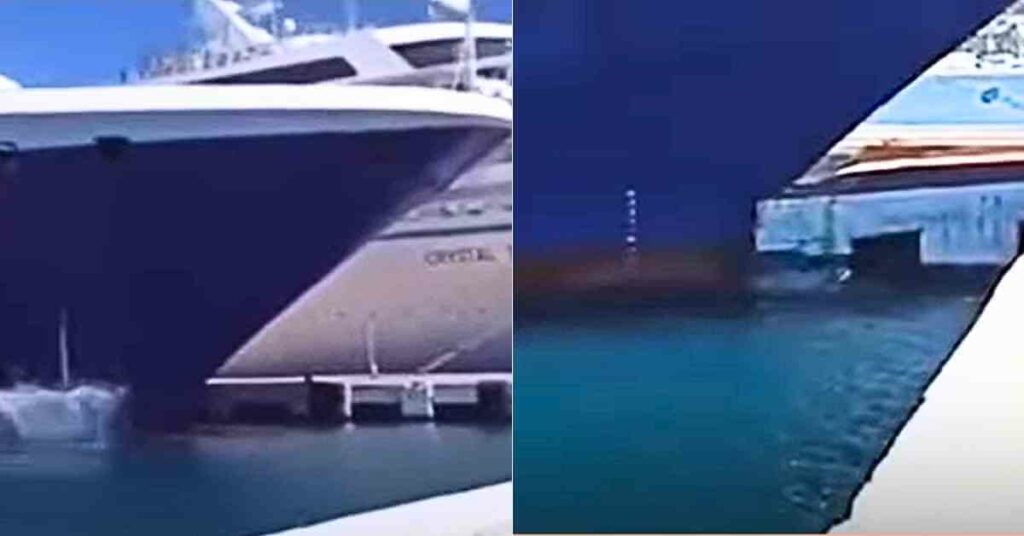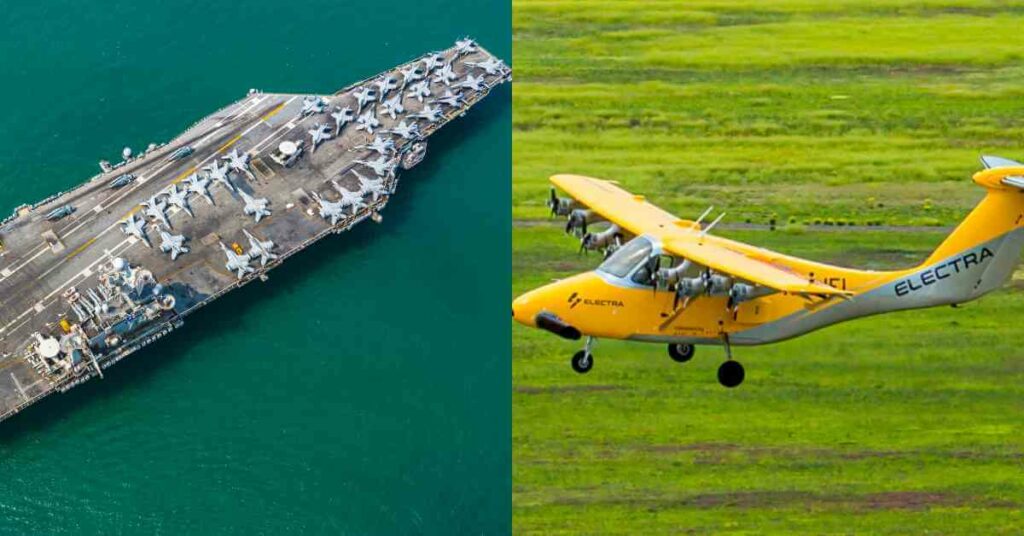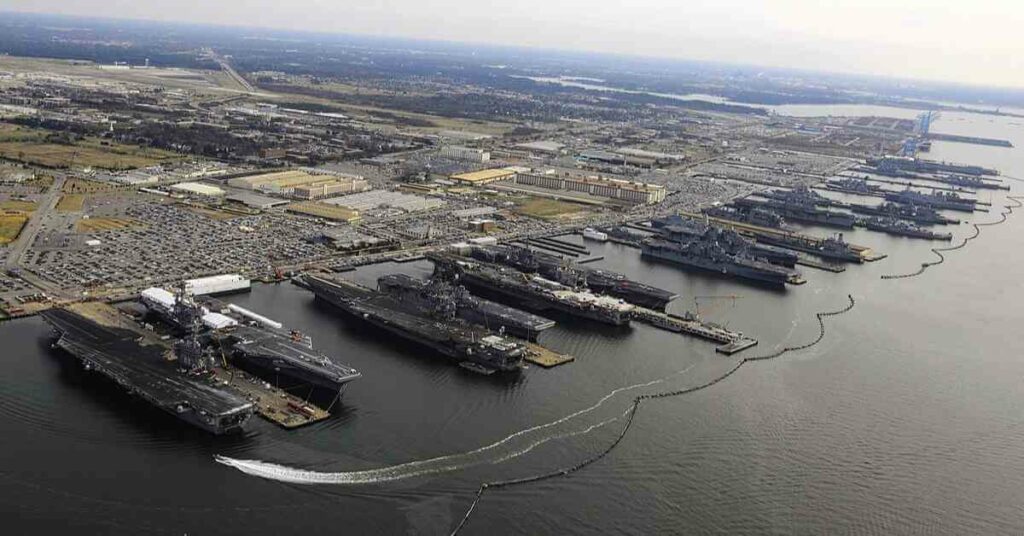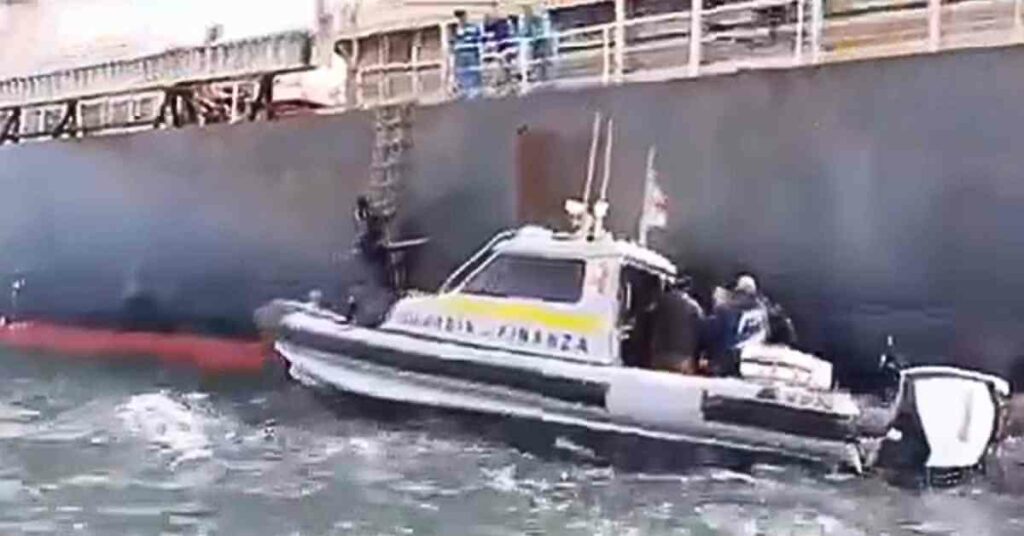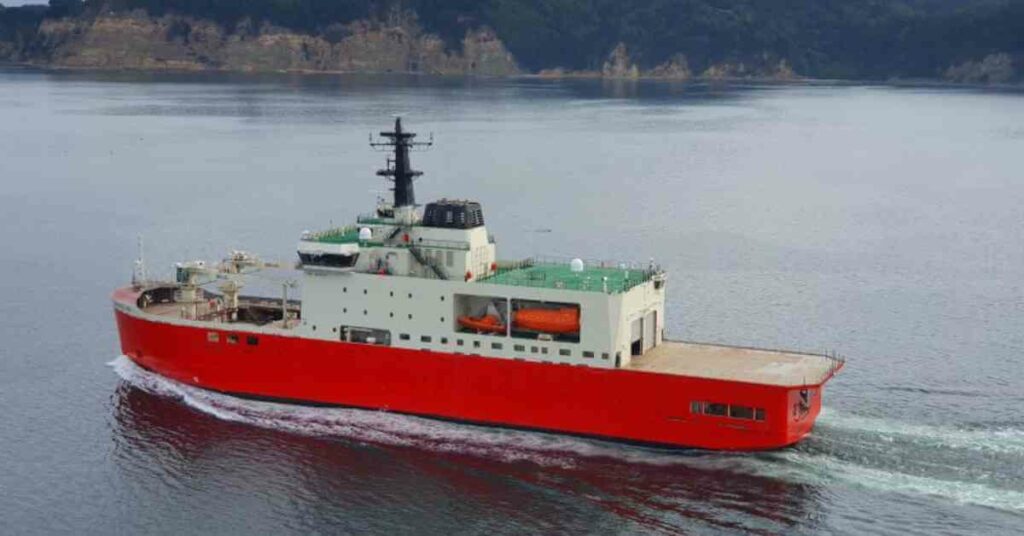NASA Research Finds Proof That Fuel Regulation Lowered Air Pollution From Shipping
Ship tracks and toxic marine clouds that trail ocean-crossing vessels signify modern trade. Similar to ghostly fingerprints, shipping lanes globally can be traced from the North Pacific Ocean to the Mediterranean Sea.
In 2020, however, satellite observations reflected fewer such pollution fingerprints.
Drawing on about two decades of satellite imagery, researchers discovered that the number of ship tracks dropped significantly following a new fuel regulation.
A global standard reportedly implemented by the International Maritime Organization (IMO) in 2020 — requiring about an 86% drop in total fuel sulfur content — likely reduced ship track formation. COVID-19-specific trade disruptions played a small role in the reduction.
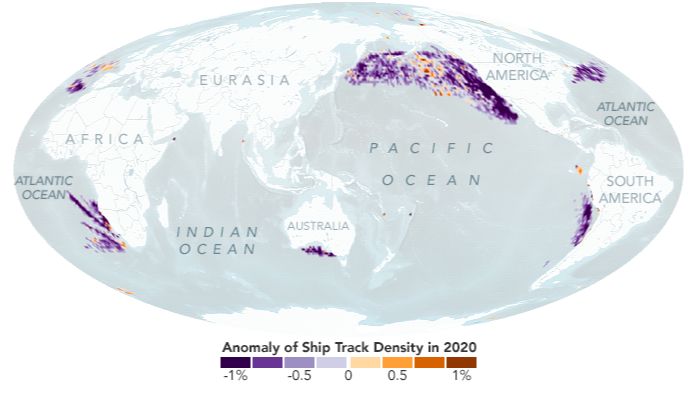
Scientists used advanced computing techniques to create vessel tracks’ first global climatology (a history of measurements). They deployed advanced artificial intelligence algorithms to identify ship tracks automatically across 17 years of daytime photographs (2003 to 2020) captured by the Moderate Resolution Imaging Spectroradiometer (MODIS) on the Aqua satellite belonging to NASA.
Without such an extensive and large-scale sampling of ship tracks, it won’t be possible to understand the issue thoroughly, informed the lead author Tianle Yuan, a well-known atmospheric scientist associated with NASA’s Goddard Space Flight Center.
When analyzing data that dates back to 2020, the researchers discovered that ship-track density dropped that year in the major shipping lanes.
Ship-based tracking data reflected that the ongoing COVID-19 pandemic played a vital role by reducing global shipping traffic by 1.4% for a few months.
But such a change could not explain the significant decrease in the observed ship tracks that remained at record-low levels over several months of 2021 (the most recent data analyzed).
The researchers concluded that the new fuel regulation was dominant in bringing down ship tracks back in 2020.
Throughout the analysis, Yuan and co-workers also unearthed that fluctuations in economic activities leave traces in the satellite record. Trans-Pacific ships can mainly track patterns between Asia and the Americas, reflecting dips and spikes in trade.
As highlighted in the research, a typical upward trend in shipping activities from 2003 to 2013 — shown in ship-track clouds — reversed for nearly a year in the aftermath of the global financial crisis that took place in 2008.
For the first time, ship tracks were observed as some “anomalous cloud lines” in images of early weather satellites acquired back in the 1960s. They’re formed by water vapour coalescing around aerosols or small pollution particles in ship exhaust.
These highly concentrated droplets typically scatter more light and appear significantly brighter than non-contaminated marine clouds seeded by larger particles like sea salts.
A crisscrossing pattern of ship tracks off the Pacific coast of North America is evident from a natural-colour photograph acquired on 07 December 2021 with the Visible Infrared Imaging Radiometer Suite (VIIRS) on the satellite named Suomi NPP.
By reportedly capping fuel sulfur content at 0.5% (down from 3.5%), the 2020 IMO global regulation changed ship exhaust’s physical and chemical composition.
Lower sulfur emissions indicate that fewer aerosol particles get released to develop detectable ship tracks.
Per Yuan and some colleagues, regionally defined sulfur regulations — like an IMO Emission Control Area in effect from 2015 off the west coast of Canada and the US — did not have the desired impact as operators altered routes and then charted longer courses to avoid the designated zones.
A sharper decrease between 2014 and 2016 possibly reflected a slowdown in Chinese exports and imports of commodities and raw materials.
Beyond the significance of world trade, ship tracks serve as noteworthy case studies for a factor leading to climate change.
Ship tracks serve as natural laboratories for learning more about the interactions between low clouds and aerosols and how that affects the radiation Earth receives and reflects in space, Yuan explained. He added that is key uncertainty researchers encounter regarding what drives climate now.
References: NASA, Earth Observatory
Disclaimer :
The information contained in this website is for general information purposes only. While we endeavour to keep the information up to date and correct, we make no representations or warranties of any kind, express or implied, about the completeness, accuracy, reliability, suitability or availability with respect to the website or the information, products, services, or related graphics contained on the website for any purpose. Any reliance you place on such information is therefore strictly at your own risk.
In no event will we be liable for any loss or damage including without limitation, indirect or consequential loss or damage, or any loss or damage whatsoever arising from loss of data or profits arising out of, or in connection with, the use of this website.
Disclaimer :
The information contained in this website is for general information purposes only. While we endeavour to keep the information up to date and correct, we make no representations or warranties of any kind, express or implied, about the completeness, accuracy, reliability, suitability or availability with respect to the website or the information, products, services, or related graphics contained on the website for any purpose. Any reliance you place on such information is therefore strictly at your own risk.
In no event will we be liable for any loss or damage including without limitation, indirect or consequential loss or damage, or any loss or damage whatsoever arising from loss of data or profits arising out of, or in connection with, the use of this website.
Do you have info to share with us ? Suggest a correction
About Author
Marine Insight News Network is a premier source for up-to-date, comprehensive, and insightful coverage of the maritime industry. Dedicated to offering the latest news, trends, and analyses in shipping, marine technology, regulations, and global maritime affairs, Marine Insight News Network prides itself on delivering accurate, engaging, and relevant information.

About Author
Marine Insight News Network is a premier source for up-to-date, comprehensive, and insightful coverage of the maritime industry. Dedicated to offering the latest news, trends, and analyses in shipping, marine technology, regulations, and global maritime affairs, Marine Insight News Network prides itself on delivering accurate, engaging, and relevant information.
Latest Shipping News Articles You Would Like:
Subscribe To Our Newsletters
By subscribing, you agree to our Privacy Policy and may receive occasional deal communications; you can unsubscribe anytime.




